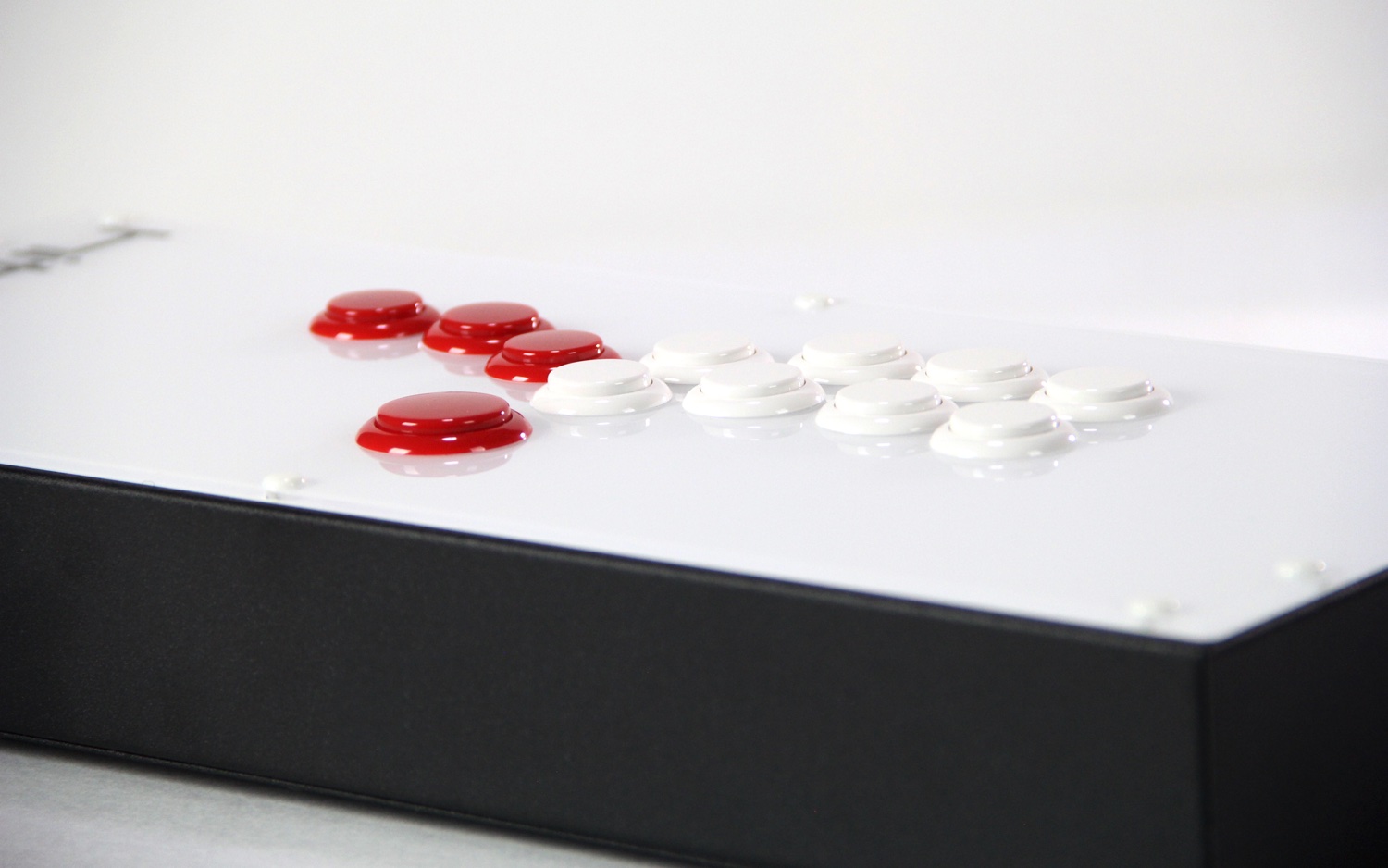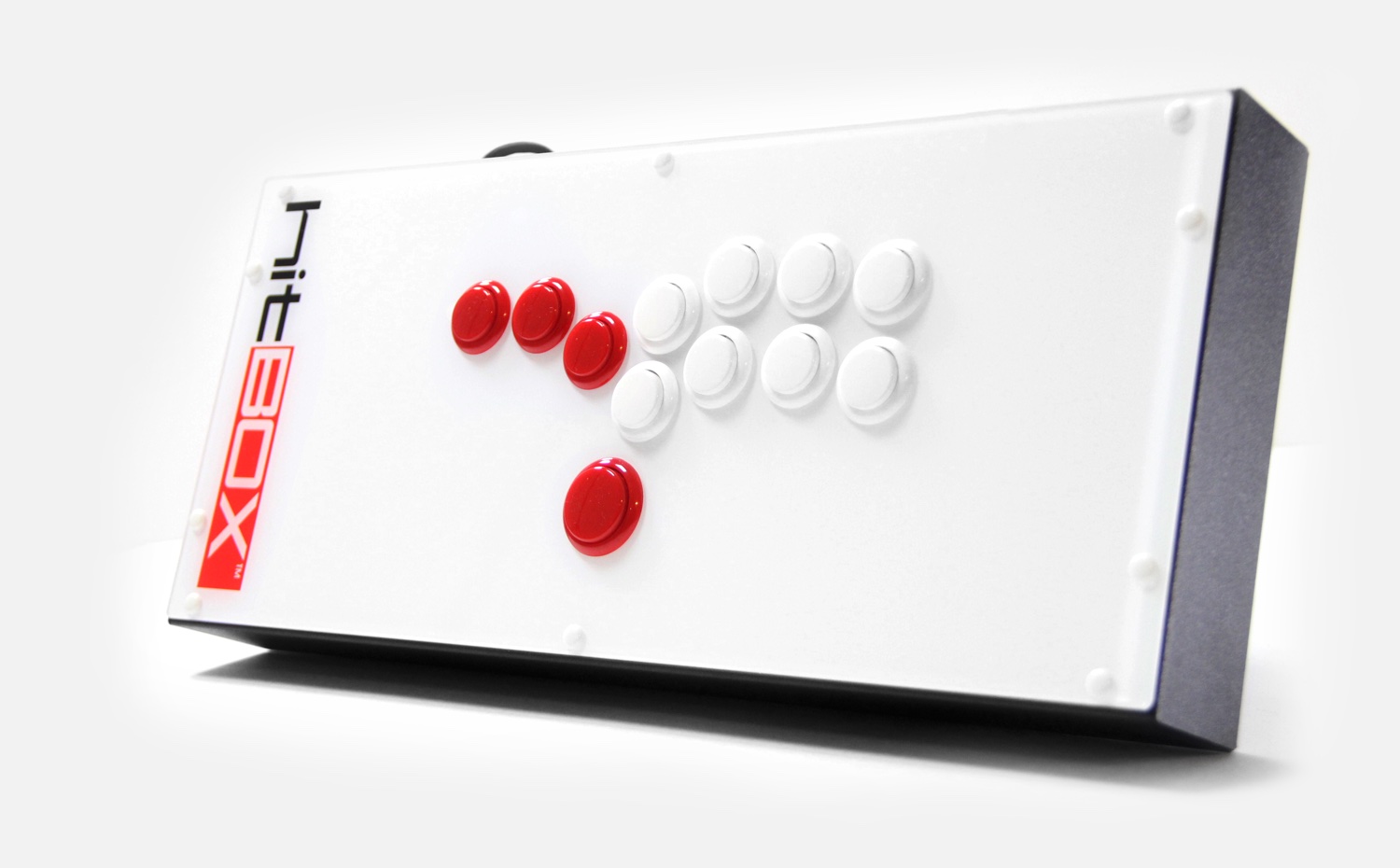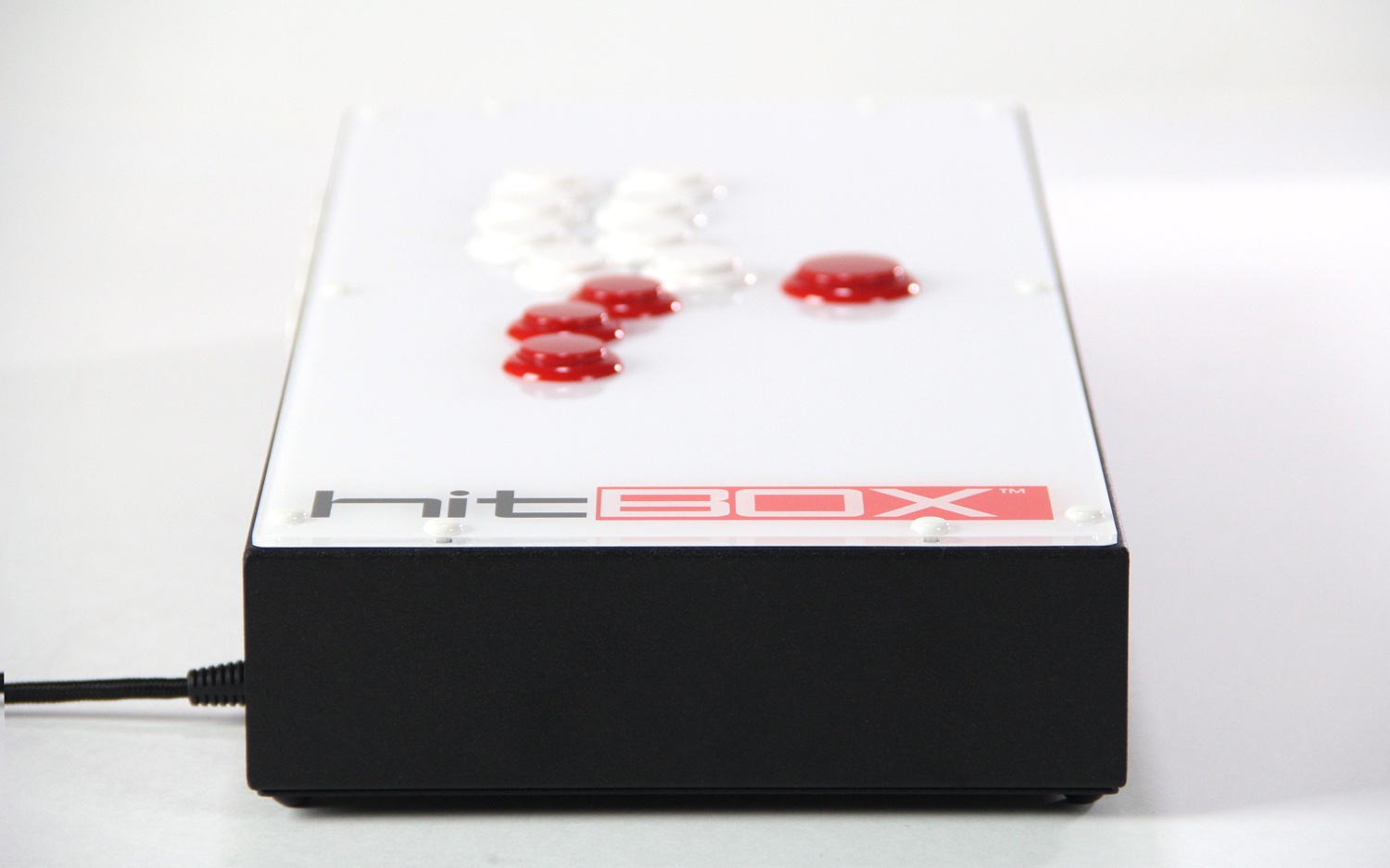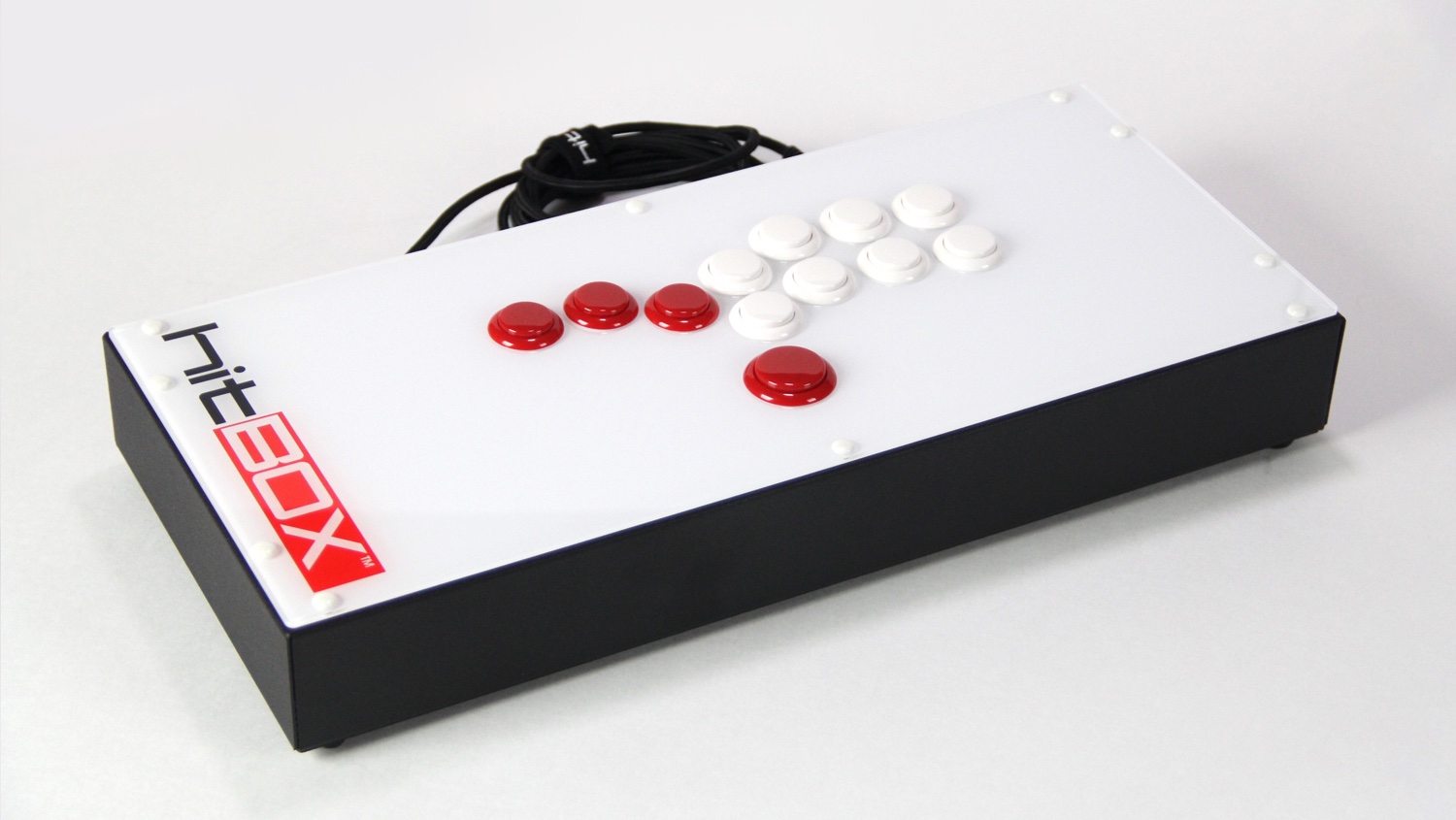Tom's Guide Verdict
The Hit Box is a revolutionary fighting game controller that will change the way you play.
Pros
- +
Easy and intuitive
- +
Solid construction
- +
Sanwa buttons
Cons
- -
Fixed wire
- -
Hard to personalize
- -
No headphone jack
- -
Confusing menu navigation
Why you can trust Tom's Guide
For young people born in the late '90s and early 2000s, the idea of a video game arcade is a fleeting memory found in reruns of Saved by the Bell and The Simpsons. The neighborhood arcades that fumed with cigarette smoke and Street Fighter cabinets were long gone by the time the PS2, Xbox and GameCube rolled around, resulting in a generation of fighting gamers who grew up using standard video game controllers.
But at tournaments, top players still use traditional fight sticks, which mimic the arcade machines of the '90s. Some younger gamers have forced themselves to adapt to joysticks over thumbsticks, but there are plenty of younger fighting-game fans at tournaments playing on a pad rather than a stick.
Even then, doing quarter-circle and Z-configuration combos on the PS4's disjointed D-pad can start to wear at your thumbs.
That's where the Hit Box comes in. The Hit Box lies somewhere between a keyboard and a fight stick. It replaces the stick with four buttons, and even without any analog means of direction, it is by far the easiest way to pull off combos. So, if it's not a fight stick, then what is it?
Design and Feel
The most shocking aspect of the Hit Box is the lack of a joystick. This controller relegates movement to four buttons: three 24-millimeter buttons for moving forward, backward and down; and a larger, 30-mm button for jumping. Think of the three buttons as arrow keys on a keyboard and the larger button as a spacebar.

The buttons are high quality Sanwas, and they feel awesome. They have low travel but bounce back up quickly. They're soft but responsive — exactly what a player needs to be able to glide their fingers to quickly buffer combos.
The Hit Box has a minimalist design. It's a large slab of clear acrylic with a clean, white finish underneath, housed in a 16 x 7 x 2-inch steel frame. There's absolutely no flex or creek to the chassis. While the Hit Box isn't the largest fight stick by any means, it could easily knock someone out. That means it's great for traveling from tournament to tournament or fighting off some muggers.

There's a long, 15-foot, nonremovable USB cable that sticks out from the back, giving you plenty of slack away from a television. Along the back, there are also three buttons used for menu functions. Hit Box Arcade claims that these buttons are Sanwa as well, but they feel markedly worse than the face buttons. Granted, these are just menu buttons, and they aren't needed for gameplay. None of the buttons are labeled, either, so it takes some memorization to remember what does what.
MORE: The Best Fighting-Game Controllers for PS4, Xbox One and PC
As sturdy and durable as the Hit Box feels, some convenient features would have made it so much better. For example, it would have been nice for the Hit Box to open with the touch of a button, like the Razer Panthera does. This could allow players to more easily swap in different-colored buttons or store any accessories. As of now, opening up the Hit Box requires a screwdriver.
Having a fixed USB cable is also an inconvenience and could have been remedied easily with a detachable one. Changing the art on the Hit Box is also a more involved process, requiring the purchase of blank plexiglass for about $15 from a third-party retailer.
Performance
Jumping from a pad to the Hit Box felt otherworldly. To do a quarter circle, simply push the down button and then the right button. That's it. Two quick presses. A half circle is the same: left, down, right.

Pressing all three buttons in succession feels the same as pressing the arrow keys on your keyboard. It's a far less-involved process than on a standard stick, which requires moving the joystick all the way to the left and then sliding it from the bottom left to the bottom right, and then to the right.
The Hit Box works best for 2D fighters like Street Fighter or Dragon Ball FighterZ. Because there’s no directional stick, playing a 3D fighter like Tekken does take some getting used to. Moving on the Z axis requires pushing the jump or down buttons, as opposed to moving a stick. It’s not impossible to learn, but it does take some adjusting. Regardless, in Street Fighter, DBFZ, and Tekken, I was winning at a similar frequency. Granted, I’m far from a fighting game pro, so this could vary greatly from player to player.
Jumping from a game pad to the Hit Box felt otherworldly.
Even then, using the Hit Box is so easy that it almost feels like cheating. Opting for Sanwa buttons was a great choice from the Hit Box team, as the buttons feel like an extension of your finger.
Bottom Line
If you've been a fighting-game fan who's been interested in picking up a fight stick, stop. The time it would take to get accustomed to a stick could instead be used to learn the Hit Box, which is faster for combos and more efficient overall. At $200, it's priced similarly to high-end fight sticks, and it's actually cheaper than some of them. It's in that perfect sweet spot for a high-quality piece of gaming equipment.
MORE: Our Favorite Gaming Keyboards
While the Hit Box misses out on a perfect score due to some minor convenience shortcomings, it's definitely worth the price. So, the next time you're at a fighting-game tournament, give the Hit Box a whirl. It'll blow your mind.
Credit: Hit Box Arcade
Imad is currently Senior Google and Internet Culture reporter for CNET, but until recently was News Editor at Tom's Guide. Hailing from Texas, Imad started his journalism career in 2013 and has amassed bylines with the New York Times, the Washington Post, ESPN, Wired and Men's Health Magazine, among others. Outside of work, you can find him sitting blankly in front of a Word document trying desperately to write the first pages of a new book.


